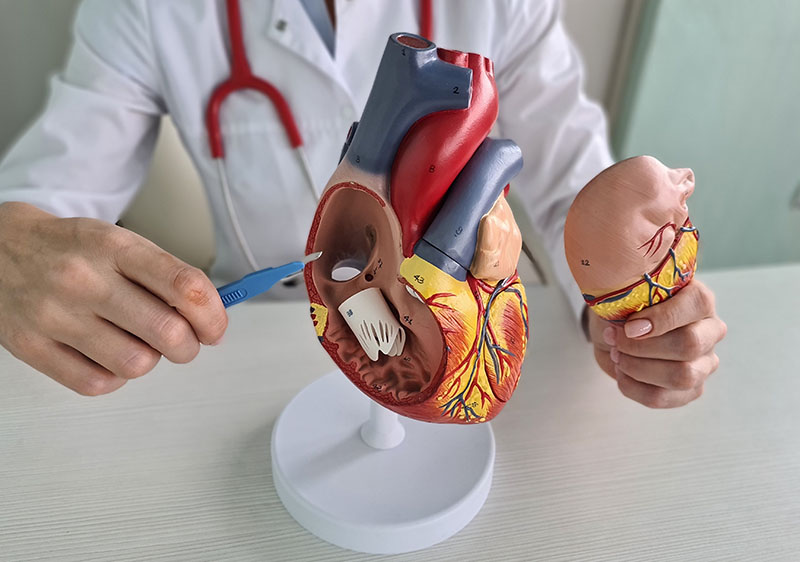Aortic Valve Replacement

Welcome to the East Bay Cardiovascular & Thoracic Associates health blog. In this inaugural post, we will discuss the function and replacement of the aortic valve. The effects of a poorly functioning aortic valve can significantly impact the patient’s quality of life and can become life-threatening. Read on for valuable insights into aortic valve replacement surgery and the symptoms that indicate the need for a professional evaluation.
The Aortic Valve and Its Function
The aortic valve plays a pivotal role in the cardiovascular system, acting as a gatekeeper that regulates blood flow from the heart into the aorta, and from there, to the rest of the body. Proper functioning of this valve is crucial for maintaining the correct blood pressure and ensuring that the heart operates efficiently.
Candidates for Aortic Valve Replacement
Common conditions that may lead to aortic valve replacement include aortic stenosis, where the valve narrows, restricting blood flow, and aortic regurgitation, where the valve does not close properly, allowing blood to leak back into the heart. These conditions can lead to symptoms such as shortness of breath, fatigue, chest pain, and in severe cases, heart failure.
Aortic valve replacement becomes necessary when the valve’s malfunction significantly impacts the heart’s ability to pump blood effectively. Symptoms such as breathlessness, chest pain, fainting spells, and chronic fatigue are often indicators. Diagnostic methods, including echocardiograms, MRI, and CT scans, play a pivotal role in determining the extent of valve damage and the need for replacement.
Types of Aortic Valve Replacements
The type of valve used for aortic valve replacement depends on specific patient factors. The patient’s age, medical history, lifestyle, and personal preferences are all factors for consideration when choosing between the following types of replacement valves:
Mechanical valves – These artificial valves are made from durable materials and are designed to last a lifetime. However, patients will require lifelong blood-thinning medication to prevent blood clots.
Biological valves – Replacement valves sourced from animal or human donors may not last as long but typically do not necessitate ongoing blood-thinning treatment.
Aortic Valve Replacement Procedure
The surgical method used during an aortic valve replacement procedure depends on each patient’s specific case details. In the past, an aortic valve replacement procedure required open heart surgery. Now a less invasive surgical method known as transcatheter aortic valve replacement (TAVR) is available. While the TAVR method is mostly performed while a patient is under general anesthesia, it can be performed while the patient is under anesthetic sedation.
Regardless of the surgical approach and type of valve used, aortic valve replacement is a complex procedure that requires thorough medical evaluations before surgery. These preoperative assessments play an essential role in determining a surgical plan and instructions for a successful recovery. Certain lifestyle changes may be recommended or required of the patient before surgery, such as smoking cessation as an example.
Risks and Complications
As with any surgical procedure, aortic valve replacement comes with potential risks and complications. Post-surgical concerns may include bleeding, infection, valve dysfunction, and the risks associated with anesthesia. Patients who undergo comprehensive preoperative evaluations and who diligently follow preparation and post-surgical instructions can minimize the potential for complications.
Recovery and Postoperative Care
Following aortic valve replacement surgery, patients typically spend three to seven days in the hospital for precautionary monitoring. Postoperative care focuses on incision healing, managing pain, and gradually increasing physical activity. Diligent attendance at all follow-up appointments is an essential factor in identifying post-surgical concerns and achieving optimal healing during recovery.
Contact Us for More Information
For more information and to speak to someone, please schedule a consultation at one of our convenient East Bay area locations. Early diagnosis and intervention are key to managing cardiac health, and our practice offers the comfort and convenience of having a state-of-the-art ambulatory surgical and diagnostic center. Take control of your cardiac health by contacting East Bay Cardiovascular & Thoracic Associates in CA.

